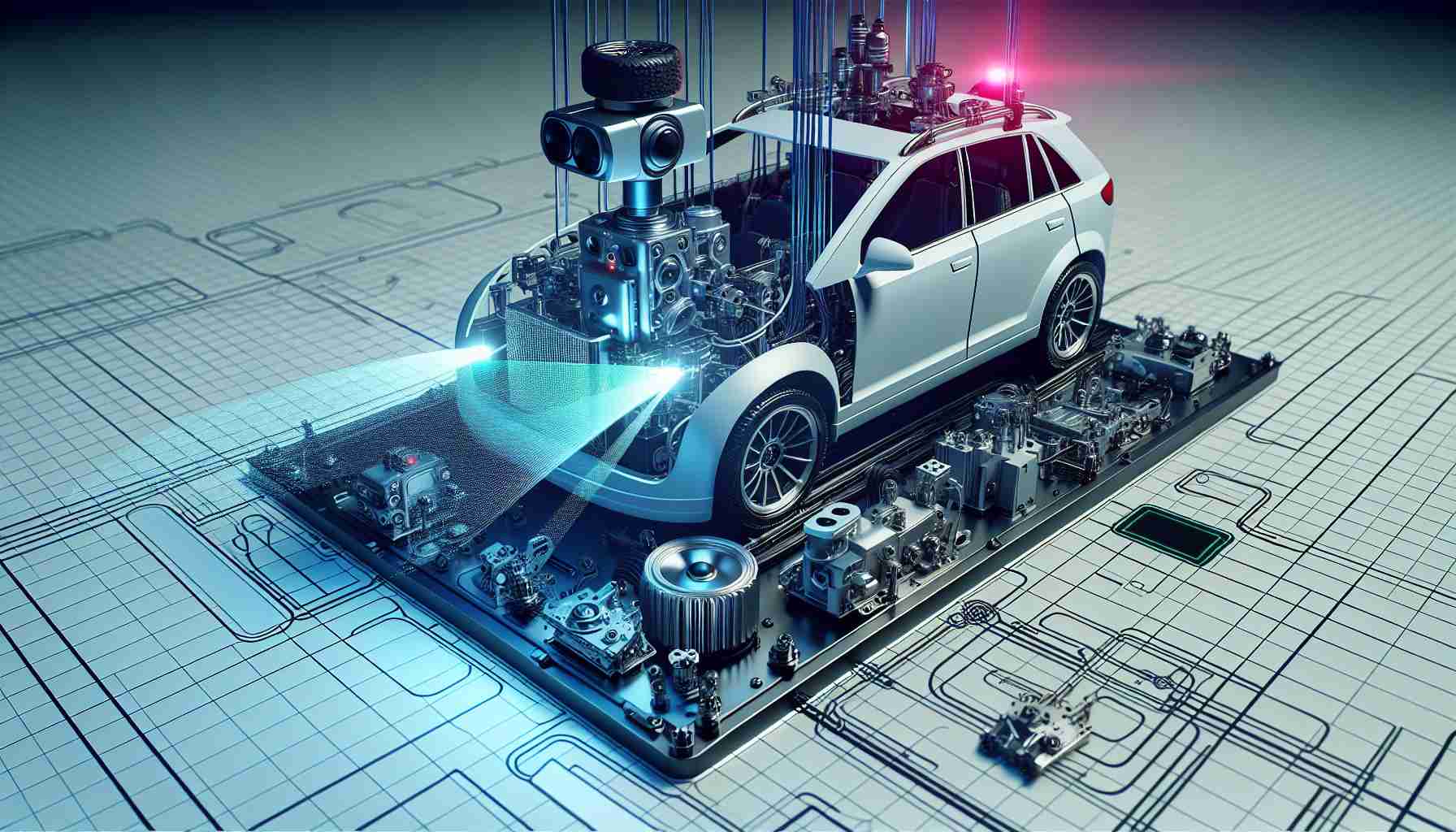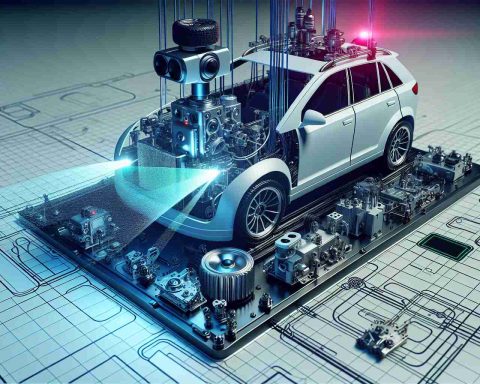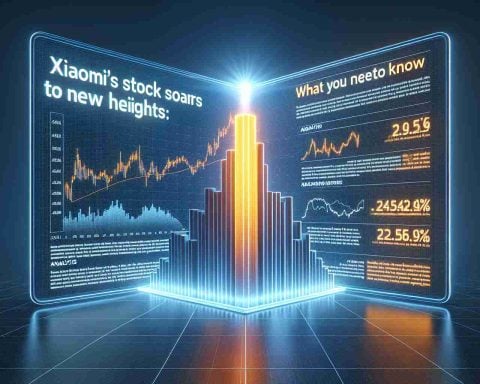- Luminar Technologies revolutionizes vehicle safety and autonomy with its advanced Lidar sensors, enhancing three-dimensional mapping for autonomous driving.
- Luminar leads the automotive innovation race with long-range detection sensors, making significant strides in vehicle navigation and hazard detection.
- Strategic partnerships with major automakers aim to bring Lidar technology to a broader market, integrating it into various vehicle models beyond luxury cars.
- Luminar’s technology extends beyond personal vehicles to impact public transportation, logistics, and automated delivery services, merging seamlessly with smartphone ecosystems.
- The company faces challenges in an ever-evolving industry, where competitors continually introduce new solutions, requiring strategic foresight from investors.
In the ever-evolving realm of automotive innovation, Luminar Technologies stands as a beacon of change, propelling vehicles into a new era of safety and autonomy with its revolutionary Lidar technology. As the name suggests, Lidar sensors utilize advanced light detection to deliver eagle-eye precision, enabling vehicles to craft dynamic three-dimensional maps of their environment—an essential feature as autonomous driving takes center stage.
Innovation Unveiled: Luminar’s cutting-edge sensors offer unparalleled long-range detection, significantly enhancing vehicle navigation and hazard identification. This technological leap not only redefines driving safety but positions Luminar at the forefront of the automotive revolution. According to industry trends, with safety becoming a driving force in car buyer decisions, Luminar’s innovations couldn’t come at a better time.
Strategic Expansion: Forging powerful partnerships with leading automobile manufacturers, Luminar is strategically placing its groundbreaking technology into the mainstream market. This means that soon, Lidar technology won’t be confined to luxury or niche cars but will enhance safety in a diverse array of vehicle models, democratizing advanced autonomous features for everyday drivers.
Expansive Applications: Beyond personal vehicles, Luminar’s sensors promise to revolutionize public transportation, logistics, and automated delivery services. Seamless integration with smartphone ecosystems ensures drivers have unprecedented control over their travel experience and connectivity, merging technology and mobility in an unprecedented harmony.
Challenges Ahead: While Luminar makes waves, it must navigate the dynamic tides of technological evolution. The automotive industry is notorious for its rapid pace, with competitors ever ready to unveil newer solutions. Investors eyeing Luminar should weigh these potential shifts carefully.
As it pioneers these advancements, Luminar not only enhances the driving experience but paves safer, smarter roads for all—a glimpse into a connected, autonomous future that’s fast approaching.
Will Luminar Technologies Redefine the Future of Autonomous Vehicles?
How Does Luminar’s Lidar Technology Compare to Competitors?
Comparison and Features: Luminar’s Lidar technology sets itself apart with its long-range detection capabilities and ability to create highly detailed 3D maps. Unlike traditional radar or camera systems, Luminar’s sensors can detect objects at greater distances and with higher precision, crucial for safe navigation in autonomous vehicles.
– Features: The main features include long-range detection (up to 250 meters), high-resolution 3D mapping, and advanced safety protocols.
– Competitors: While other competitors like Velodyne and Innoviz also offer Lidar solutions, Luminar boasts superior range and resolution, a key factor in vehicle safety and navigation.
For more details on their technology, explore their overview on the official Luminar Technologies website.
What Are the Current Market Trends and Future Predictions for Lidar Technology?
Market Analysis and Predictions: The Lidar technology market is expanding rapidly, driven by increasing investments in autonomous vehicles. As safety becomes a priority for consumers and enterprises alike, Lidar systems are expected to be a standard component in both personal and commercial vehicles.
– Trends: Growing integration in electric and autonomous vehicles, increasing demand for safety features, and partnerships between tech firms and auto manufacturers are key trends.
– Predictions: By 2030, Lidar systems could be almost universally adopted, leading to improved traffic management and reduced accidents, thus drastically transforming urban transportation infrastructures.
For strategic insights into automotive technologies, consider exploring further resources on Autonomous Tech.
What Are the Economic and Sustainability Impacts of Integrating Lidar Technology?
Economic Insights and Sustainability Aspects: The integration of Lidar technology has far-reaching economic implications, especially in reducing accident-related costs and enhancing public transport efficiency. Additionally, Lidar tech aligns with sustainability goals by improving vehicle energy efficiency through better navigation and route optimization.
– Economic Impacts: With autonomous vehicles reducing human error accidents, economic savings could be significant, particularly in insurance and healthcare costs.
– Sustainability: Improved traffic flow leads to decreased emissions, and the integration with electric vehicles can further reduce environmental footprints.
For insights into sustainable transportation solutions, visit Sustainable Transport.






















